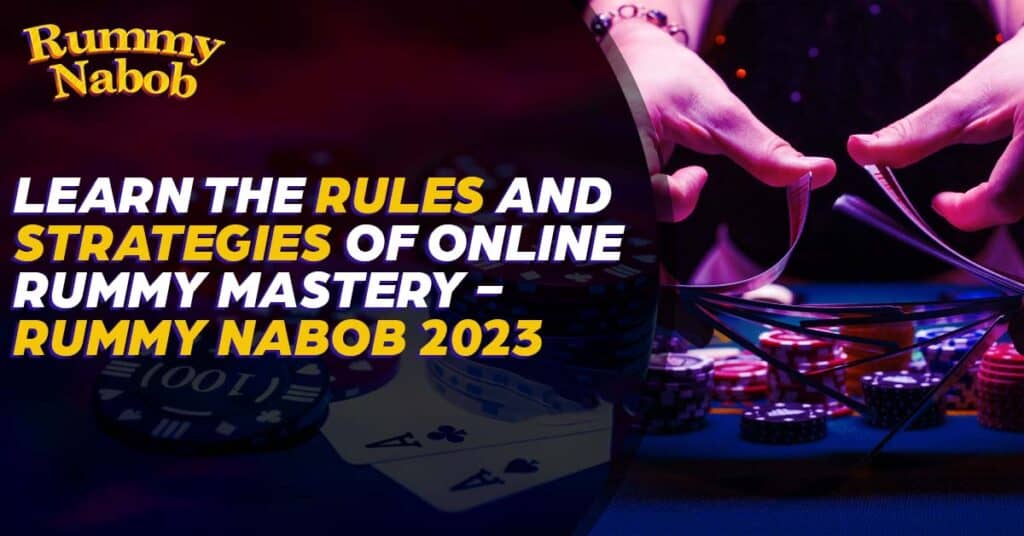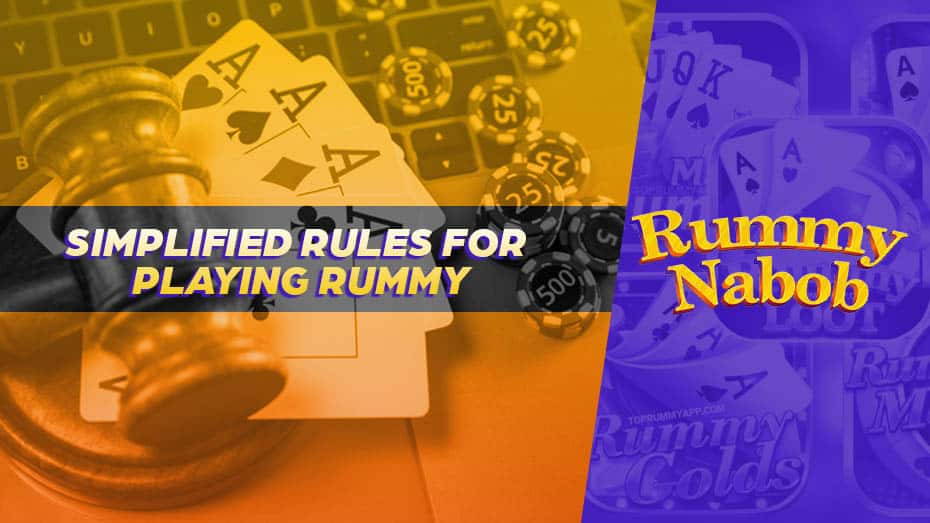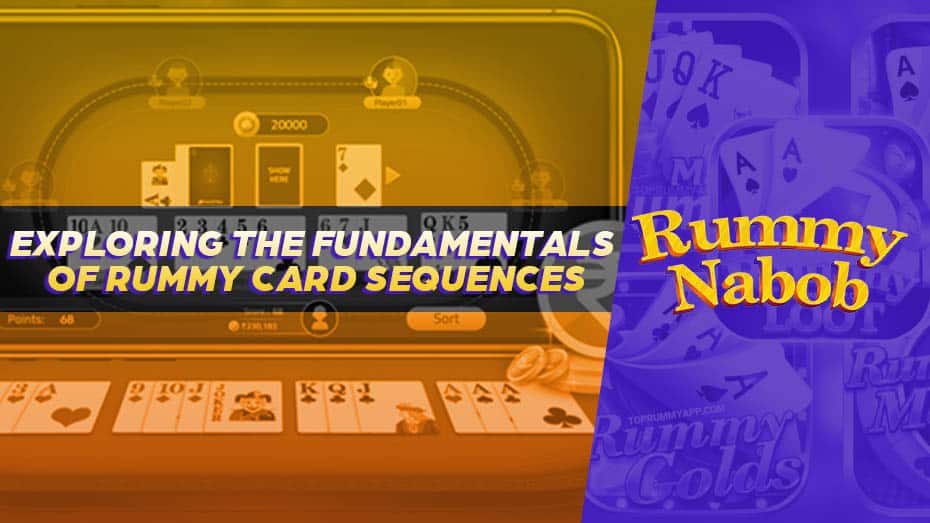Comprehensive Guide to Playing and Winning Online Rummy

If you’re a card game enthusiast, delving into the captivating world of rummy and its rules is just one step away. Thanks to Rummy Nabob’ user-friendly guidelines, you can quickly master the intricacies of this engaging game. Rummy’s primary objective is to skillfully arrange the 13 cards you’re dealt into valid sets and sequences, all while adhering to some fundamental rummy rules.
In the realm of rummy, your mission is to create a minimum of two sequences from your cards, following the essential Rummy rules. Crucially, one of these sequences must be a “pure sequence,” which consists of cards from the same suit arranged in consecutive order. The second sequence can either be another pure sequence or a “mixed sequence,” which allows the use of versatile Joker cards. Moreover, the game permits you to form “sets,” which are groups of cards with the same number but from different suits. You can create up to two sets by drawing cards from various suits.
Rummy Rules & Strategies that Can make you Win Everytime
Emerging victorious in rummy hinges on your ability to declare your cards, showcasing your sequences and sets. However, there’s a twist: a valid declaration necessitates having a pure sequence among your cards. Failing to meet this requirement will result in penalty points and a loss. Each round begins with a toss to determine the starting player. Your strategy may vary based on whether you’re playing a 2-player game with one deck or participating in a larger group with six players and two decks.
Regardless of your chosen strategy, building a pure sequence should be your top priority in the game. In a 2-player match, forming a strategy is relatively straightforward as you can keep track of your opponent’s discarded cards. For further guidance on mastering the art of playing rummy and gaining a clear understanding of rummy rules, Rummy Nabob is your ultimate destination. Immerse yourself in the dynamic world of online rummy games and embark on your rummy journey today!
Simplified Rummy Rules for Playing

When you embark on your online rummy adventure, it’s crucial to familiarize yourself with some fundamental rummy rules that lay the foundation for a better understanding of the game.
Rummy Points
- Each card in the rummy game carries a specific point value. For instance, face cards like Ace, King, Queen, and Jack are worth 10 points each, while other cards are valued based on their numerical rank. For example, a 7 of Diamonds is worth 7 points.
- Sequence: In rummy, a sequence is akin to a group of friends who consistently stick together. It comprises three or more cards from the same suit (e.g., all Hearts) arranged either in consecutive order (e.g., 4, 5, 6) or with the use of a Joker.
- Pure Sequence: A pure sequence is a special type of sequence that doesn’t involve a Joker. It consists of a perfect sequence of cards from the same suit, all in proper numerical order. Even if you utilize a Joker from the same suit, it remains a pure sequence.
- Impure Sequence: When a Joker is incorporated into a sequence, it becomes an impure sequence. It retains its sequence status but with the added touch of the wild Joker’s magic.
- Set: A set is comparable to a group of cards that share the same number but belong to different suits. Think of it as having three or four friends who look alike but come in different colors. To complete your set, you can also employ a Joker or wild card.
- Drop: In the world of rummy, there’s an escape option known as “drop.” If you feel that your cards aren’t cooperating, you have the choice to exit the game. However, it’s essential to note that there is a penalty associated with dropping out, and the severity of the penalty depends on when you choose to drop.
Understanding these essential rummy rules and terms forms the solid groundwork for your rummy gaming experience, ensuring a more enjoyable and fulfilling journey as you delve deeper into the game. With each play and exploration, you’ll become increasingly familiar with these vital rummy rules, enriching your rummy adventure. So, gather your cards, prepare to organize them, and dive headfirst into the captivating world of online rummy games.
Exploring the Fundamentals of Rummy Card Sequences

When you’re a newcomer to the game of rummy, grasping the concept of sequences is crucial. Sequences serve as the fundamental building blocks of the game, and they adhere to some straightforward principles.
In the realm of rummy rules, sequences can be categorized into two types: pure and impure. Both play pivotal roles in your strategic approach, each governed by distinct regulations.
Pure Sequence
A pure sequence constitutes a pristine arrangement of three or more cards from the same suit, such as Hearts or Clubs, lined up in consecutive order. It’s akin to a flawless gathering of companions. However, there’s a catch: you cannot employ a Joker to complete a pure sequence. For instance:
Impure Sequence
An impure sequence is more adaptable, resembling a lineup that welcomes an unexpected guest – a Joker! You can arrange two or more cards from the same suit, along with a Joker, in consecutive fashion. Here’s how it operates:
FAQs
Conclusion
Embarking on an online rummy adventure promises an exciting journey filled with strategic thinking, skillful gameplay, and limitless entertainment. With the help of Rummy Nabob’ user-friendly guidelines, players can easily navigate the intricacies of the game. At the core of this captivating card game lie the essential rules and terms of Rummy, such as pure sequences, impure sequences, sets, and Joker cards. Mastering these vital Rummy rules and terms is the key to improving your gameplay, crafting effective strategies, and immersing yourself in the rewarding world of online rummy. Seize the opportunity to become a true Rummy Rules enthusiast and experience the game’s thrill now





